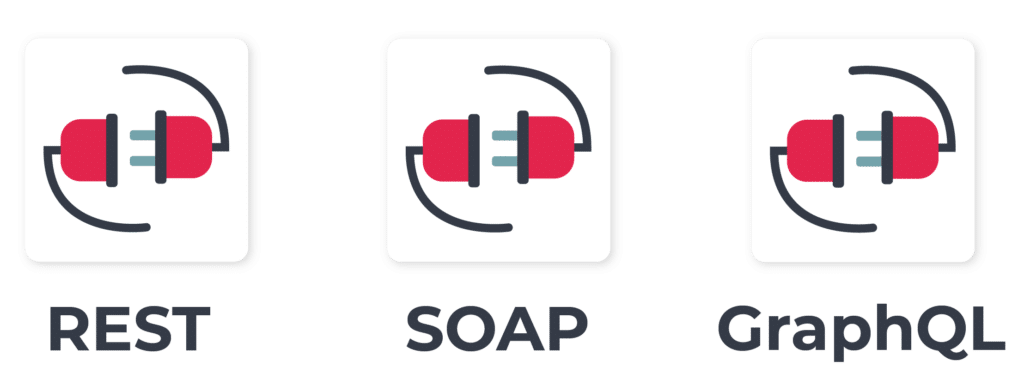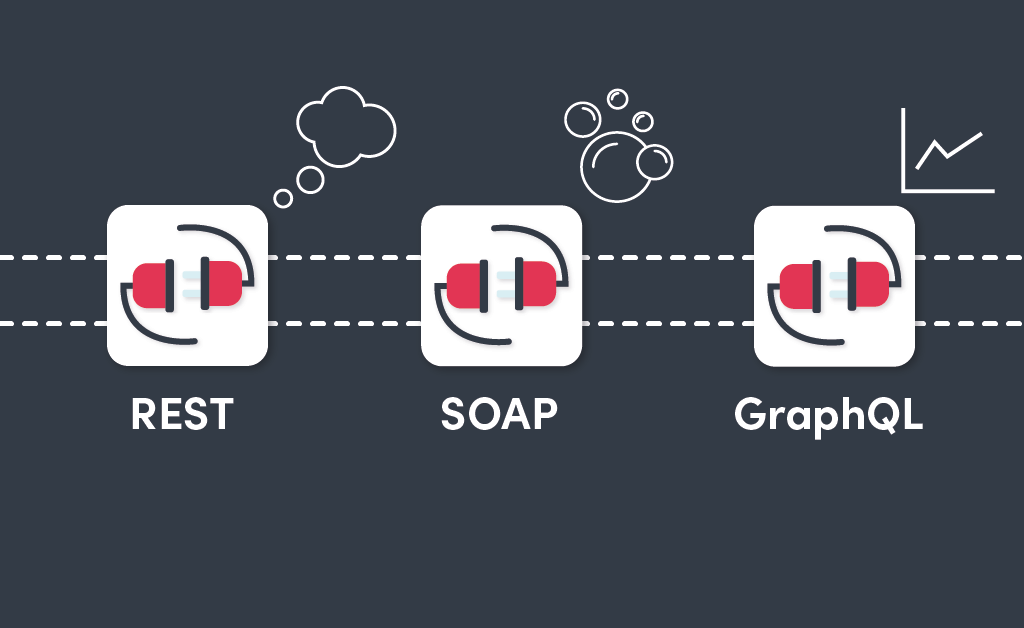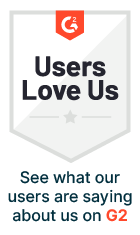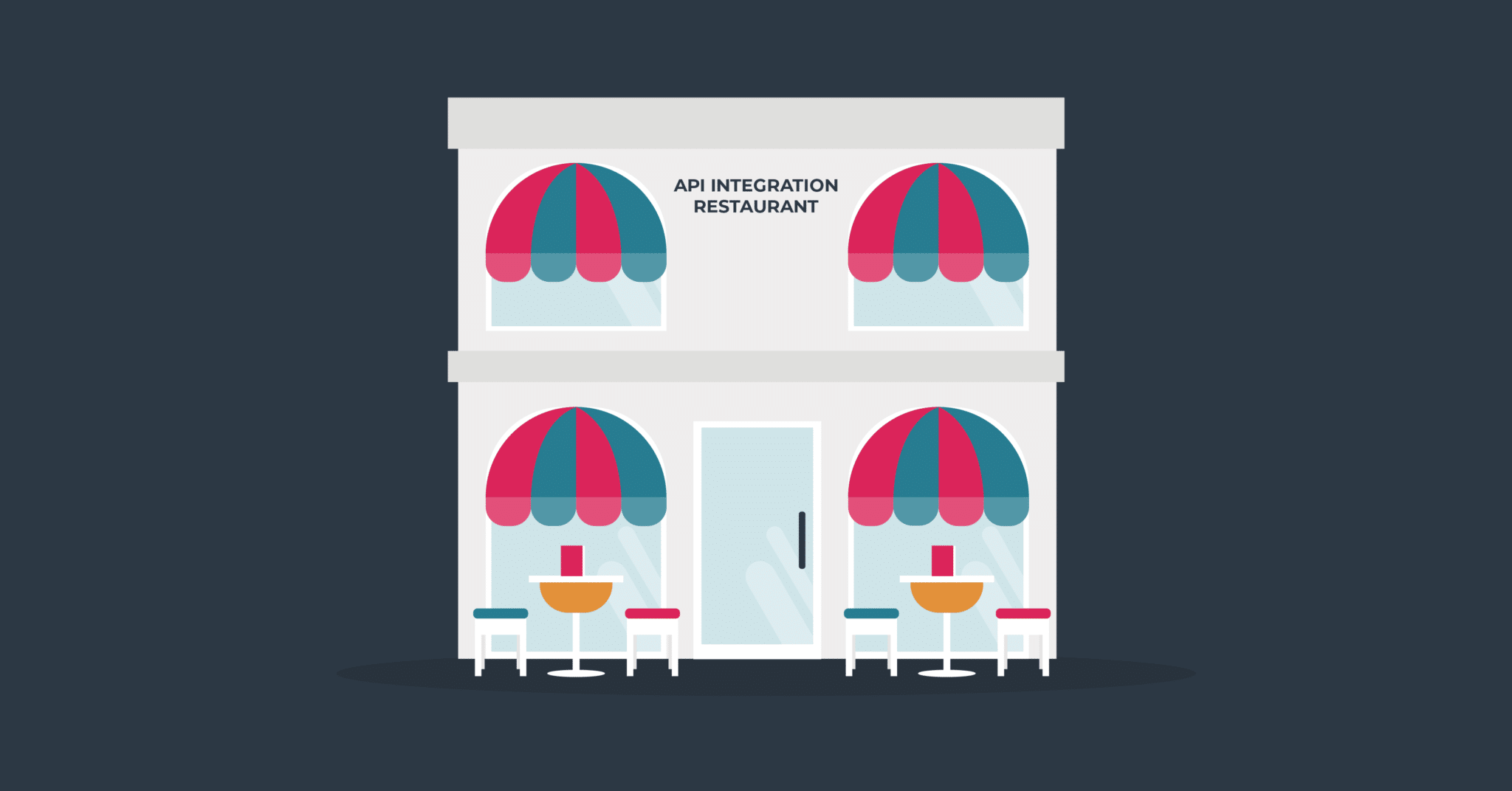
APIs and API integration are essential aspects of the modern computing world. They have become the yarn that makes the digital world knit together as it were. API (Application Programming Interface) data is easily and speedily exchanged, allowing for modern innovation and daily conveniences. These conveniences include moving money between bank accounts, sharing video moments on social media, checking this week’s weather or managing your at-home appliances.
APIs allow businesses to adapt and develop products and services in the face of severe disruption. This could not be more apparent than in the previous few years. As a result, more and more organisations have focused development efforts around APIs.
Therefore, APIs and API integration have quickly become critical ways to build automated workflows. To either automate internal business processes or expand SaaS product functionality.
So, API integration, let’s dive in.
What is API integration?
API integration is the process of connecting two or more systems via their APIs. This is so they can share and exchange data. As well as perform actions.
One common use for API integration is by SaaS applications. They utilise APIs and integration as a way to expand the product’s native functionality.
For example, a SaaS product in the CRM space has received a customer integration request to share data between their CRM and a marketing tool. The customer needs an API integration so new contacts added to the CRM are automatically added to their marketing email lists. Rather than manually input the data.
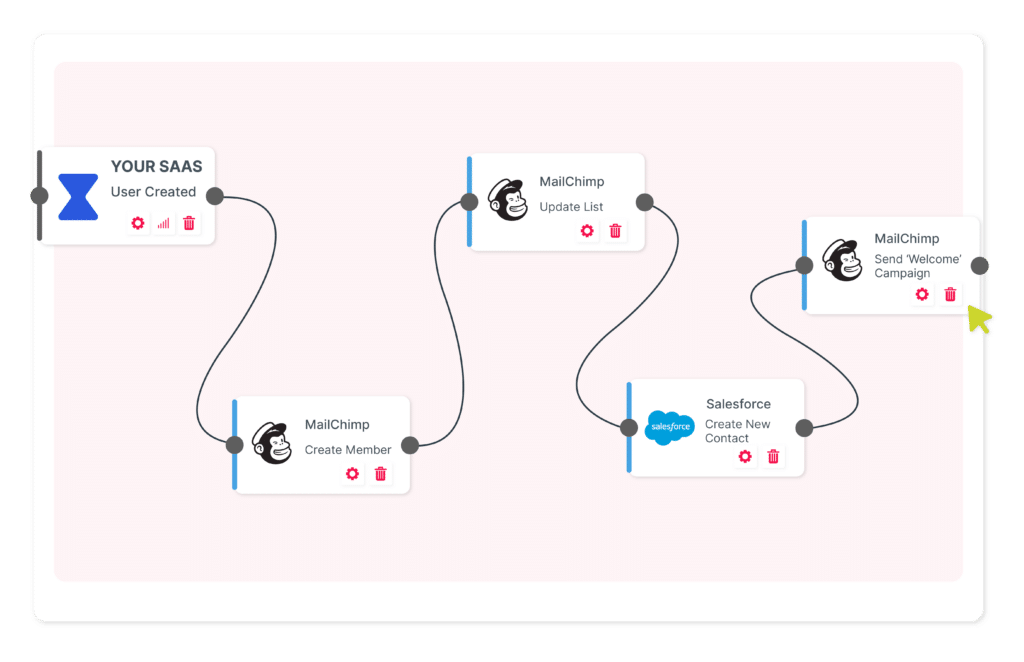
Understanding API Integration
An easier way to understand the role of API integration is perhaps a restaurant analogy.
You (app/client) go to a restaurant to enjoy a meal. First, you look at the menu and then place your order (request) with the waiter (the API). The order request is delivered to the kitchen (server/database) for preparation. Once ready it is given back to the waiter (the API) and delivered to you at your table (app/client).
The API integration would therefore connect two systems and one API would request data from the other. The API would send a packet of data to the other API or desired location.
This is just one of many ways API integration can be utilised by a SaaS.
What is required for API integration?
The first thing required for API integration is having an API for your application. So, if you are looking to build your own API for your SaaS there are a number of requirements to fulfil.
Initially, we’d suggest writing down and answering the following questions:
- What is the problem the API will fix at a high level?
- Who is the audience?
- How can the audience’s needs be incorporated into an API?
- What are the API’s expectations in regards to performance, response time and data protection?
- What needs to be addressed in regard to API security?
These questions are basically indicating what you want to achieve with the API. As well as what business capabilities the API exposes to consumers.
Next, you’ll need to choose an API architectural style. We have previously these discussed in Know Your API Types: Rest, Soap and GraphQL. This will lead to the design phase of the API to determine how it will look, as well as processes to make the API easy to understand for users.
TOP TIP: Make sure to create a useful API name and description as it is beneficial to users!
That’s a start, isn’t it? But if you’d like to know more about developing your own API we’ve gone into the nitty gritty of it all with our very own developers, in the post How to develop an API – Best Practices to Follow from Cyclr Developers.
Finally, the thing with an API is that how you build it should have a lot to do with how other applications are going to interact with it. The feature sets that you build out should be heavily influenced by making your API ‘play nicely’ with the applications with which it is going to be connected. To meet user requirements and, moreover, to be integration-friendly.
Not only can you develop your own API if you so wish, but it can also be achieved with API integration tools.
What are API Integration Tools?
API integration tools help SaaS teams build, manage and publish APIs without adding to their developer backlog. So, instead of building an API yourself, as we described above an API integration tool can achieve it for you.
This means they will develop the SaaS API and it will be designed with integration in mind. We’ve discussed what API integration tools are in a previous post as well as several example tools you could be using.
How does API integration benefit your SaaS?
Utilising API integration for your SaaS will help your customers remove manual processes. As a result, they will save time, their data will be synchronised and achieved in a standardised way.
In summary, APIs and API integration are important, especially to a SaaS because building integrations to different applications removes time-consuming manual labour, whilst seamlessly transferring data in a standardised manner. As a result, fulfilling customer requests, improving experience and reducing customer churn.
If you’d like to learn more about expanding your SaaS with native integrations with an API integration tool, sign up for a demo.
We’d love to show you around.
